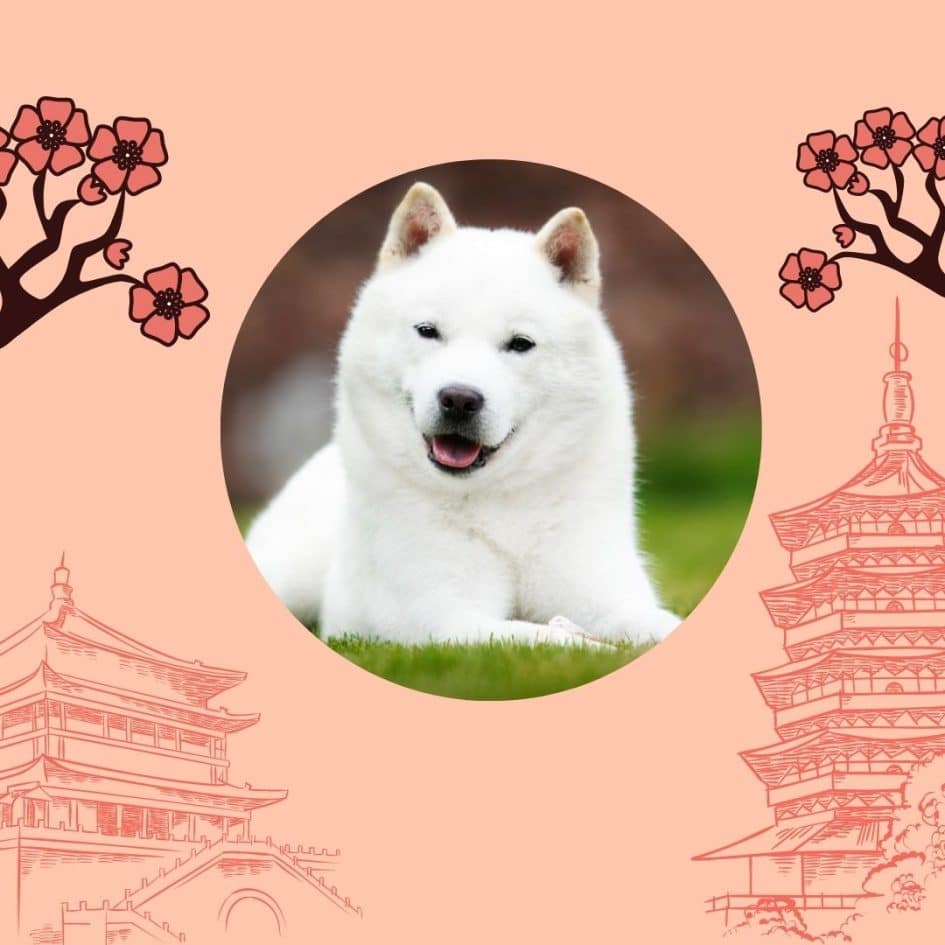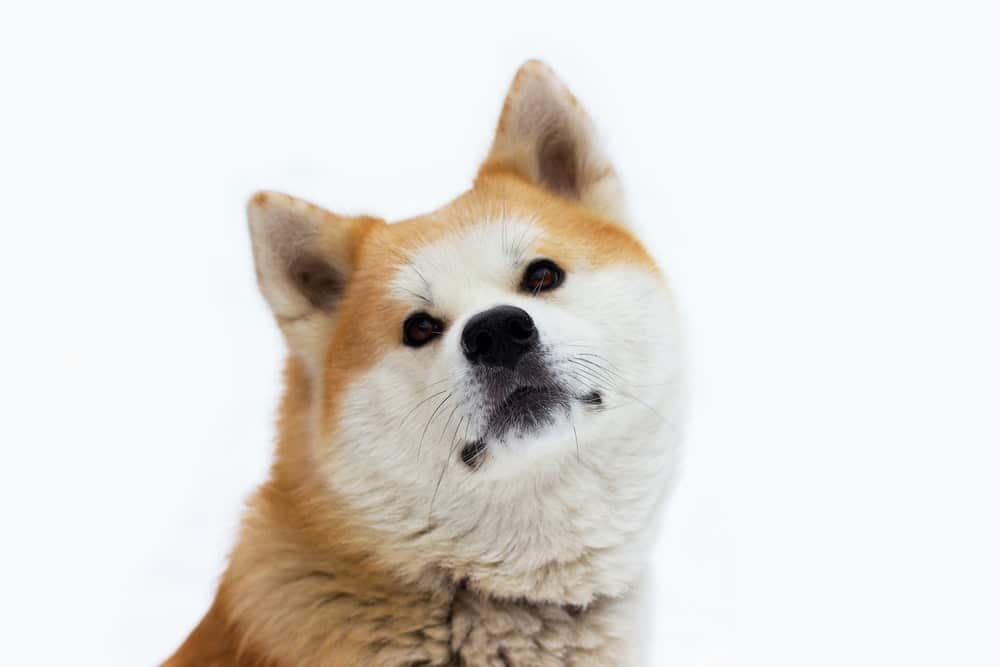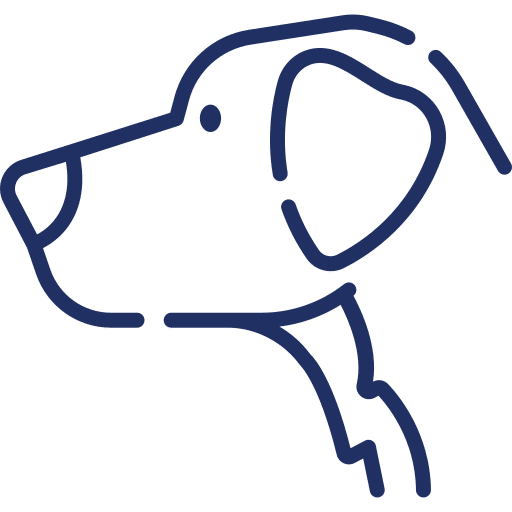

Japanese Dog Breeds FAQs
Japan is home to a number of different dog breeds, with plenty of similar and unique features. Read on to know all you need to know about some of the most popular Japanese dog breeds.
Out of the many things that Japan is renowned for, the country’s numerous dog breeds is one. Although different, these breeds share a number of traits and features, and are therefore often confused or mistaken for each other. The truth is, however, is that every breed possesses unique traits and features, which can help distinguish it from others.
In this comprehensive guide, we will be answering a number of essential questions regarding Japanese dog breeds.
Japanese Dog Breeds FAQs:
a) General:
1) Why do so many Japanese dogs have the words ‘Ken’ or ‘Inu’ attached to their names?
The two words translate to ‘dog’ in Japan, which is why they are often attached to dog breeds that are originated in the country. For this reason, ‘Ken’ and ‘Inu’ are also often used interchangeably in the country.
2) How many dog breeds does Japan have?
Usually, when we talk about Japanese dogs, we refer to the six breeds originating in Japan – Shikoku Ken, Shiba Inu, Kai Ken, Kishu Ken, Akita Inu, and Hokkaido Ken.
However, there are several other Japanese breeds as well, such as Japanese Spitz, Japanese Chin, Tosa, Ryuku, and Japanese Terrier. The difference is that, while the above six breeds originated in Japan, these five were imported into the country.
3) Why do most Japanese dog breeds look so similar?
The reason behind these similarities is that most Japanese dogs are hunting breeds that belong to specific precincts, which make them quite protective of their families and estates.
4) What are the common characteristics of the six original Japanese dog breeds?
The six indigenous breeds all belong to the ‘Spitz’ category, and have thick and long fur, along with muzzles and pointed ears. These intelligent breeds have tails that either droop or curl over their backs. Since the breeds are double-coated, they can withstand the mountainous terrains and colder temperatures.
b) Shiba Inu:
5) What does ‘Shiba Inu’ translate to, in Japanese?
In Japanese, ‘Shiba Inu’ translates to ‘brushwood’ – the terrain where this specific dog would conduct hunting expeditions for small game such as birds.
6) How old is the Shiba Inu breed?
The Shiba Inu breed is believed to have been around for over 3,000 years. The dog belongs to the non-sporting group of the American Kennel Club, and would often set out with its owner in the hunt for bigger animals like boars, bears, and deer.
7) What are the unique characteristics of the Shiba Inu?
Shiba Inu has a unique scream of excitement, which is also often referred to as the ‘Shiba scream’. Other than that, this muscular breed is most preferred as a companion dog throughout Japan, and is known for its good-natured, attentive, and active personality.
8) What should a potential Shiba Inu owner look out for?
On the whole, the Shiba Inu’s personality makes it an excellent pet. However, their independent natures make them wary of other dogs (however, they do get along quite well with cats). In addition, this breed fares better in a household that does not have children.
Since the Shiba Inu has a tendency for stubbornness, you should make sure to commence socialization and training from an early age.
c) Akita Inu:

9) Are there different subtypes of the Akita Inu?
This breed is often divided into two types –the Japanese and the American. However, these subtypes are not recognized by the AKC.
However, there are two unique looks, and the so-called American Aktia Inu has a squarer and stockier build, while its Japanese counterpart is somewhat leaner.
10) Why was the Akita Inu initially bred?
The breed was initially used for the protection of Japan’s royalty, and for hunting black bears and wild boars. The Akita Inu was used for these purposes, owing to its immense strength and agility.
11) What are the unique characteristics of the Akita Inu?
The standout feature of this breed is its Catherine wheel-like, curly tail. It weighs anywhere between 60 to 130 pounds, and can measure from 23 to 30 inches in height.
The Akita Inu is believed to symbolize long life, good health, and happiness, and is seen as tremendously dignified and courageous. According to the Japanese, the Akita Inu is the most loyal companion anyone can have.
12) What should a potential Shiba Inu owner look out for?
Owing to their physical presence, these big boys are not suited for apartments.
In addition, the breed has considerable care needs, which might not make it suitable for someone looking to own a dog for the first time. The Akita Inu requires a lot of daily exercise and, owing to its high-shedding coat, also needs a great deal of grooming.
Also, Akitas can go on a barking spree when they believe something is not quite right or when they are around someone they do not trust. Hence, proper and early socialization is essential, as this will allow the Akita to learn what they should not be fearful of.
d) Tosa Inu:
13) What is the history of the Tosa Inu?
This breed is a rare one in Japan, and hails from the Tosa region of the country. This large breed was bred during the 19th century and, being a Mastiff dog, was initially used for fighting competitions. Today, they are used as guard dogs or watch dogs.
14) Are there any restrictions on owning a Tosa Inu?
Today, many countries have either outright banned the Tosa Inu or require a special license from those looking to own one.
This is primarily because of the breed’s aggressive and even dangerous nature, particularly with respect to cats or dogs that they do not recognize. The Tosa Inu is not as aggressive with humans that it knows. Having said that, it can be extremely dangerous to leave your children, unsupervised, with this breed.
15) What should a potential Tosa Inu owner look out for?
In addition to all of the things discussed above, someone looking to own a Tosa Inu needs to be consistent and firm, so as to ensure that they keep the dog’s behavior in check.
The earlier you start training and socializing them, the lesser the chances that they will prove harmful or dangerous to others, once they grow up.
e) Shikoku Inu:
16) What is the history of the Shikoku Inu?
The Shikoku breed has been named after Southern Japan’s Shikoku Island. Since this breed was initially bred for mountain hunting, it is extremely fast and powerful. It was extremely valuable in tracking games such as wild boars and bears.
17) What are the unique characteristics of the Shikoku Inu?
Like we mentioned, this breed possesses an excellent combination of power and speed, and its smallness only contributes to its overall agility. In addition, these dogs have an excellent sense of smell.
They are also extremely cautious and brave, and their tough personalities make them pretty much fearless during hunting expeditions. As companions, however, they are extremely affectionate, loyal, and laid-back.
In terms of physical traits, they weigh around 30 to 60 pounds, and can be 15 to 25 inches tall. They have a straight and harsh outer coat, but the inner one is dense and soft.
18) What should a potential Shikoku Inu owner look out for?
The Shikoku’s thick coat needs frequent grooming. In addition to grooming, a potential owner needs to ensure that their dog gets plenty of exercise. The Shikoku Inu fares best with families that are capable of tending to its high maintenance and care needs.
f) Kishu:
19) What is the history of the Kishu?
The Kishu (also known as Kishu Ken) is one of the oldest canine breeds, and has been walking the face of this earth for several thousand years. Medium in size, this breed hails from the region of Kishu, and was originally extensively employed for deer and boar hunting.
20) What are the Kishu’s physical traits?
In terms of build, the Kishu is quite similar to the Shiba and Akita Inu – curled and long tail, prick ears, and the triangular face typical of Spitz.
The coat comes in white, red, sesame, and black colors, with white being the most common.
21) What are the unique characteristics of the Kishu?
The breed is immensely active, and would even climb trees in the hunt for its prey.
The Kishu is extremely affectionate for its families, and loves to be around children. Its devotion to its family and owner is unquestionable. This is down to its ‘pack’ mentality, which makes it believe that protecting its people is its foremost duty. Owing to their immense loyalty and courage, the breed also makes excellent watchdogs.
22) What should a potential Kishu owner look out for?
Since they need a lot of activity, they are best suited for families that enjoy exercising and working out.
Even though Kishus generally get along well with cats and other dogs, they do possess a somewhat dominant streak – which is why you need to start socializing and training them early on.
g) Hokkaido Inu:
23) What is the Hokkaido Inu’s history?
The breed belongs to Japan’s Hokkaido region, and was initially bred to accompany the Ainu tribe in its hunting expeditions. It can be traced as far back as the 1140 AD.
24) What are the Hokkaid Inu’s physical traits?
The Hokkaido Inu possesses a double coat, which protects it from harsh conditions. This coat comes in various colors, including white, black, red, wolf-grey, sesame, and brindle. They weigh anywhere between 40 to 70 pounds, and can grow around 16 to 20 inches tall.
Since it was bred for hunting, sledding, and guarding, the Hokkaido Inu possesses a highly muscular and athletic build.
25) What are the unique characteristics of the Hokkaido Inu?
Owing to their high levels of endurance, stamina, and intelligence, the Hokkaido Inus can remain active and agile in pretty much any condition. As companion dogs, they are highly loyal and dedicated, and will not mind going the extra mile to show their love and affection for their owners. In addition, since they are strong and sharp, they are a good choice for someone looking for a guard dog.
Since these dogs are highly intelligent, they are also extremely trainable.
26) What should a potential Hokkaido Inu owner look out for?
In family atmospheres, the Hokkaido Inu breed will grow up to become quite docile, and is unlikely to portray the immense hunting instinct common with some of the other Hokkaido breeds.
The Hokkaidu Inu can be quite standoffish with strangers that they do not recognize, but early and proper training can take care of this problem.
Final Word
To sum up, Japan is home to a number of breeds. Some of those breeds have been bred in the country, while others have been imported. We hope that this comprehensive FAQ guide regarding Japanese dog breeds will alleviate some of the confusion surrounding these dog breeds, and help you effectively distinguish between them based on their physical and personality traits.
These dogs are wonderful in so many ways, and have served a number of different roles over the decades, centuries, and millennia.
To learn more about Japanese dog breeds and their unique features, you can check out some of the other blogs on our website.
Discover how to create a joyful, healthy home for your pet.
Subscribe to your weekly rundown of practice, real life ideas and training tips straight to your inbox.


